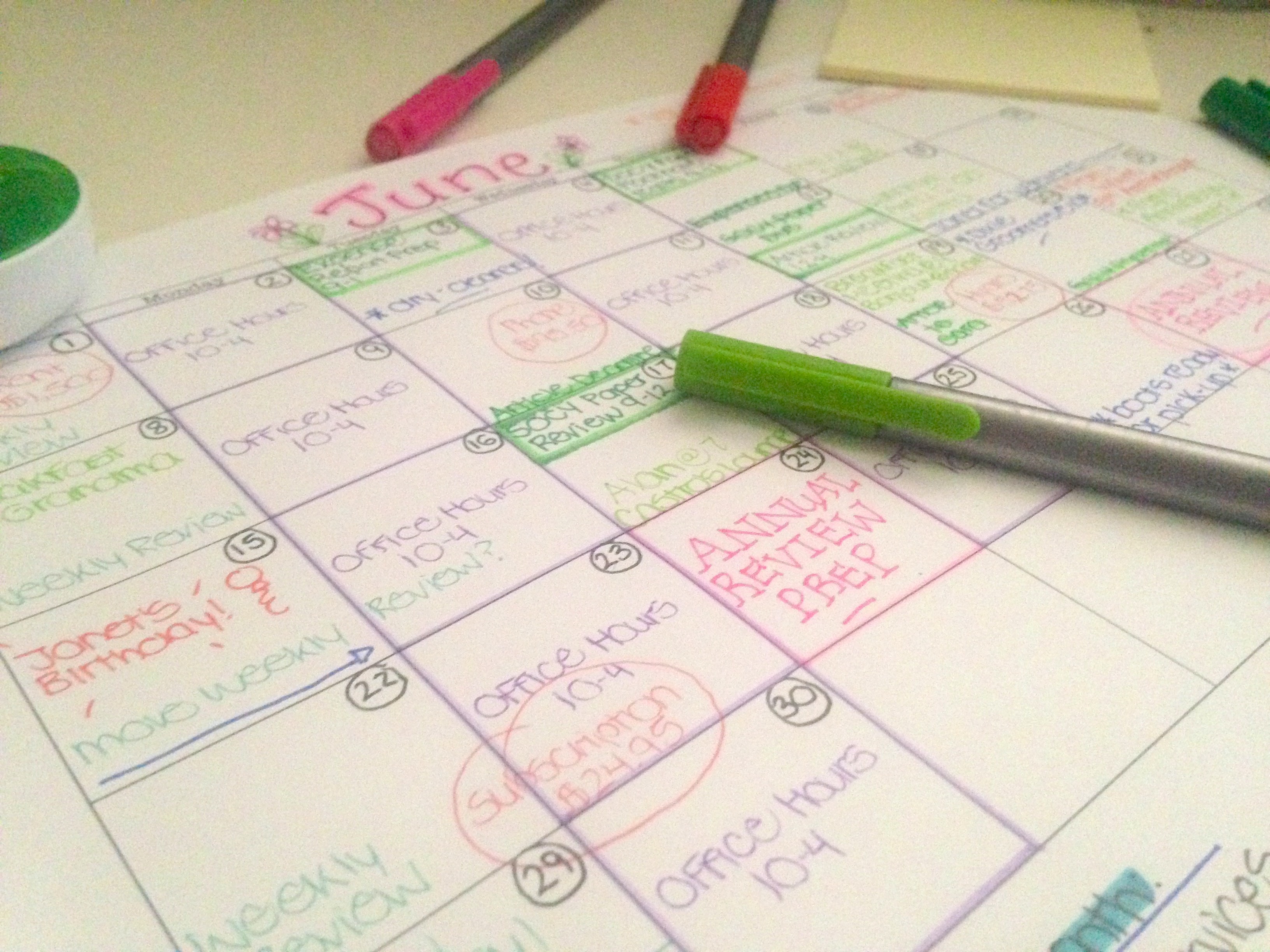At least, for some people it is. (Remember those commercials?) Back-to-school season is a mixed bag of emotions- for students, parents and teachers alike. It also doesn’t help that coincides with the arrival of fall, which officially marks the end of summer fun.
I used to love back-to-school time, not only because I was a stationery nerd, but it always somehow felt like a fresh start. It’s been awhile since I’ve been in school now but the feeling has never really left me, this idea that fall can also be a season of change and opportunity.
Don’t get me wrong- I’m already starting to dread the end of summer (and I don’t even go to school, man). But let’s take this time to look at the positive side of going back-to-school and use it as a tool to meet your goals, break bad habits, or even boost yourself self-esteem. Maybe you just want to learn how to survive school. Here are some of the ways I think I can help:
 Get Organized:
Get Organized:
Pick the perfect planner to manage your tasks.
Use this if you want to manage your whole life.

Work Smarter:
3 rules for a successful study routine.
Never hand in late assignments again.
Quick and dirty tips to help your productivity all around.

Improve Your Time Management:
Stop being late to class. But if you are running late, read this.
When you’re definitely not a morning person.
Squeeze more reading into your routine.

Understand and Conquer Procrastination:
Ways to make procrastination work for you.
The whys behind your procrastination habit.
The procrastination solution (or at least, some of them).

Take Care of Yourself:
We know you’re busy, but you gotta make your health a priority.
Ways to take care of your brain.
Reasons why you need to sleep (as if you needed them, right?)
Burnout is real. Don’t let it happen to you.
Find your motivation to get your groove back.

Get Through Your Day:
For when you’re having a breakdown.
For when you’re barely functional.
For when you’re struggling with your mental health.
We all have blips. Me too. We’ll get through it together.
 Do you have any solutions or advice for students going back to school? Maybe you can offer the perspective of a parent or a teacher. Leave a comment below and share with the class, or email me at keepingbusyb@gmail.com. I may include your tips in a future post!
Do you have any solutions or advice for students going back to school? Maybe you can offer the perspective of a parent or a teacher. Leave a comment below and share with the class, or email me at keepingbusyb@gmail.com. I may include your tips in a future post!


 Have you incorporated any of these practices in your life? How has making these changes made a difference? Share your tips with us by commenting below or emailing me at keepingbusyb@gmail.com and I’ll try to include them in an upcoming post.
Have you incorporated any of these practices in your life? How has making these changes made a difference? Share your tips with us by commenting below or emailing me at keepingbusyb@gmail.com and I’ll try to include them in an upcoming post.




 Yes, you can!
Yes, you can! Us freelancers are strange creatures. We keep strange hours, and work strange days, and we develop strange workflow habits. People who telecommute or have another special arrangement with their employers can understand too the challenges we face working from home. On top of the continuous distractions that come with running a household and having a pet and/or kids, it’s a wonder we can find a dedicated, organized space to pay our bills let alone run a small business. Having an unproductive work space can make this journey an uphill battle for even the most dedicated of business owners, so here are five solutions I’ve implemented in some of the offices and homes I’ve organized (as well as my own!) to make them more productive.
Us freelancers are strange creatures. We keep strange hours, and work strange days, and we develop strange workflow habits. People who telecommute or have another special arrangement with their employers can understand too the challenges we face working from home. On top of the continuous distractions that come with running a household and having a pet and/or kids, it’s a wonder we can find a dedicated, organized space to pay our bills let alone run a small business. Having an unproductive work space can make this journey an uphill battle for even the most dedicated of business owners, so here are five solutions I’ve implemented in some of the offices and homes I’ve organized (as well as my own!) to make them more productive.